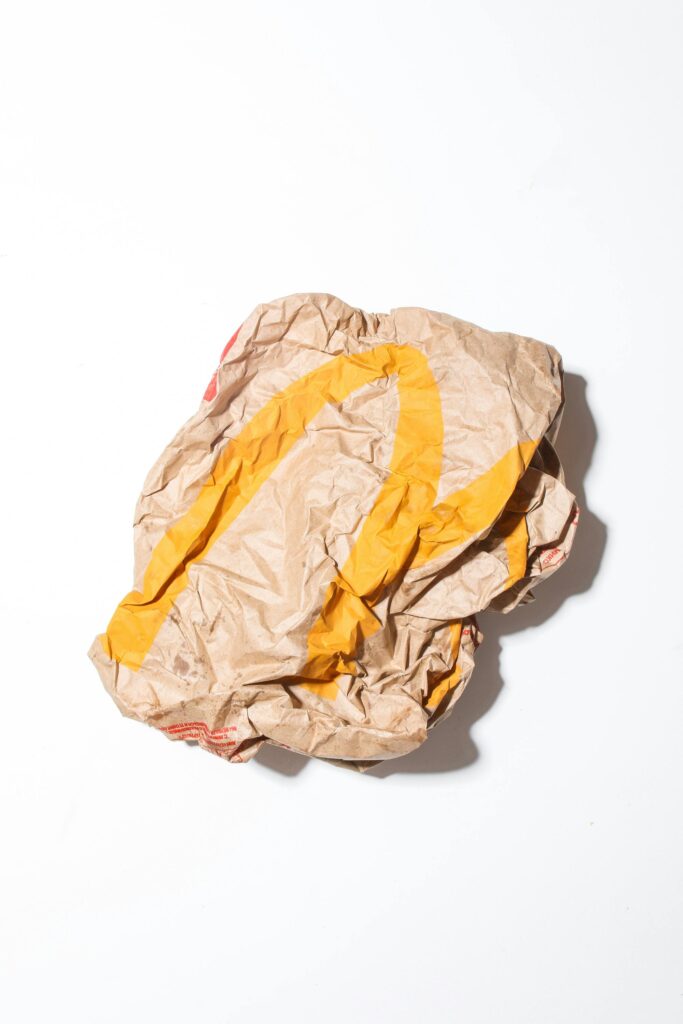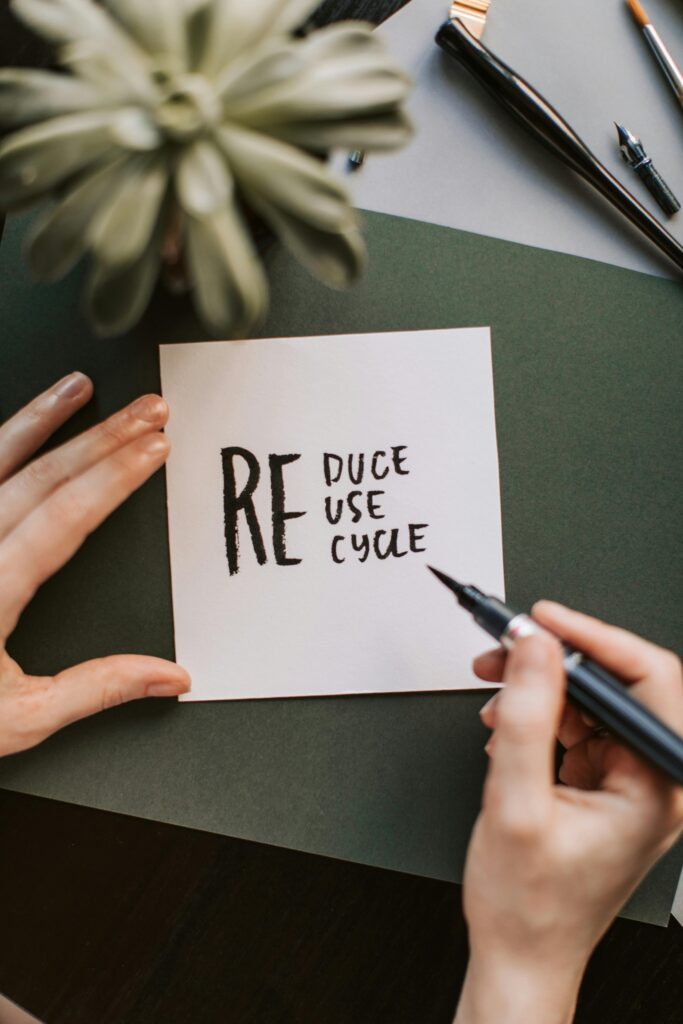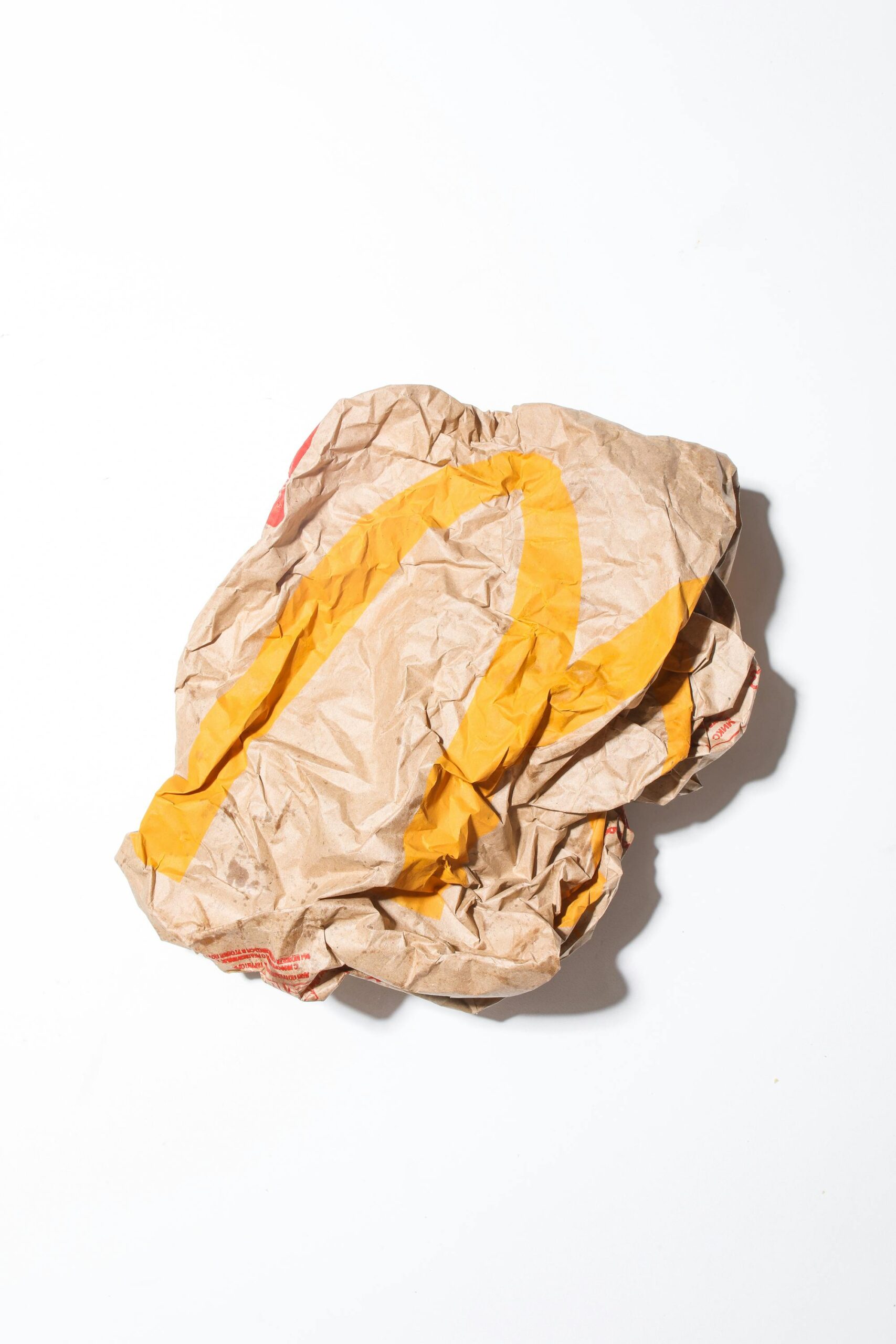Can LFP Batteries Be Recycled?” is a warm and insightful exploration into the recyclability of Lithium Iron Phosphate (LFP) batteries, a popular choice for electric vehicles and renewable energy storage. You will discover how the unique composition of LFP batteries impacts recycling processes, and you’ll be introduced to the innovative methods being developed to handle these components in an eco-friendly manner. This article sheds light on the current landscape of LFP battery recycling and the promising techniques that could make a significant difference for our planet. Dive in and learn how you can be part of the solution in managing tomorrow’s battery waste today. Have you ever wondered how the batteries that power our electric vehicles and renewable energy storage systems get recycled? If you’re particularly curious about Lithium Iron Phosphate (LFP) batteries, you’re not alone. LFP batteries are increasingly popular due to their safety and longer cycle life, but what happens to them at the end of their lifecycle? Can they be recycled? Let’s delve into the fascinating world of LFP battery recycling and uncover the answers together.

Understanding LFP Batteries
Before diving into the recycling specifics, it’s vital to understand What LFP batteries are. LFP stands for Lithium Iron Phosphate, a type of lithium-ion battery that uses lithium iron phosphate as the cathode material.
What Makes LFP Batteries Special?
LFP batteries distinguish themselves through superior thermal and chemical stability, which enhances their safety. They have a longer cycle life than other lithium-ion batteries, ensuring they can endure more charge-discharge cycles. This makes them ideal for stationary energy storage and electric vehicles, where longevity and reliability are paramount.
Key Components of LFP Batteries
Understanding the elements that constitute LFP batteries will help you grasp the recycling process better. Here are some of the key components:
| Component | Role |
|---|---|
| Cathode | Made of lithium iron phosphate, involves storing and releasing lithium ions. |
| Anode | Typically composed of carbon (graphite), facilitates lithium ion movement during charging and discharging. |
| Electrolyte | Medium that allows ion flow between anode and cathode. |
| Separator | Prevents direct contact between anode and cathode, avoiding short circuits. |
The Importance of Recycling LFP Batteries
Recycling is crucial for multiple reasons, starting from reducing environmental impact to reclaiming valuable materials. Unlike older battery types, recycling lithium-ion batteries, including LFP, is much more environmentally friendly.
Environmental Impact
Improper disposal of batteries can lead to soil and water contamination due to the chemicals they contain. Recycling helps prevent such pollution, preserving natural resources by reducing the need for virgin material extraction.
Financial Benefits
Economic incentives are also strong. Valuable materials like lithium, iron, and phosphorus can be recovered and reused. This not only saves costs in raw material procurement but also reduces the investment required for waste management.
Compliance and Regulations
Governments are increasingly imposing stringent recycling mandates. Complying with these regulations ensures that companies avoid hefty fines and maintain their reputations.
Can LFP Batteries Be Recycled?
Yes, LFP batteries can be recycled, and several methods are currently being explored and refined to optimize this process.
Current Methods
There are primarily two methodologies employed in the recycling of lithium-ion batteries, including LFP batteries: pyrometallurgical and hydrometallurgical processes.
Pyrometallurgical Process
This technique involves high-temperature melting to separate metals from other materials. While effective, it has some downsides, such as high energy consumption and the release of greenhouse gases.
| Pros | Cons |
|---|---|
| Efficient metal separation | High energy consumption |
| Established technology | Release of greenhouse gases |
| Capable of handling mixed chemistries |
Hydrometallurgical Process
In contrast, the hydrometallurgical process employs chemical solutions to dissolve and recover valuable metals. It is generally more environmentally friendly but still requires substantial improvements to increase its efficiency for LFP batteries.
| Pros | Cons |
|---|---|
| Lower energy consumption | Limited efficiency in current form |
| Less air pollution | Potential secondary waste |
| Specific metal recovery | Complex separation techniques needed |
Emerging Techniques
Given the limitations of current methods, there’s active research into newer, more efficient recycling technologies.
Direct Recycling
This technique aims to recover and recycle the entire battery, maintaining its structural integrity. Early results are promising, indicating higher recovery rates and lower costs compared to traditional methods.
Biological Processes
Some innovative research is exploring the use of microorganisms to aid in the extraction of valuable metals from batteries. Although still in the experimental stage, these biological processes could offer a low-energy, environmentally-friendly recycling option in the future.
Steps in the LFP Battery Recycling Process
The recycling process for LFP batteries is methodical and can be broken down into several key steps. Here’s how it works:
Collection and Transportation
The first step is the collection of end-of-life batteries. Effective logistics are essential to ensure that batteries reach the recycling facility safely and efficiently.
Disassembly
After arriving at the facility, batteries are manually or automatically disassembled into their core components. This step is crucial for the efficient separation of materials in subsequent stages.
Material Recovery
Electrolyte removal often precedes mechanical shredding, enabling the separation of metal foils and active materials. Lithium, iron, and phosphorus are isolated using either pyro- or hydrometallurgical processes.
Purification and Refinement
Recovered materials generally require further purification and refinement. Advanced techniques are used to ensure that these materials meet high-quality standards, making them suitable for reuse in new batteries.
Final Disposal
Residual waste that cannot be recycled is disposed of following stringent environmental guidelines. This step ensures that no harmful materials are released into the environment.

Challenges in Recycling LFP Batteries
Despite advances in technology, several challenges persist in the recycling of LFP batteries.
Technological Barriers
The existing methods (both pyro- and hydrometallurgical) require refinement to make them more cost-effective and environmentally friendly. Emerging technologies need to overcome scalability and efficiency hurdles for widespread adoption.
Economic Viability
Recycling processes must be financially viable to attract investment. This involves not only reducing operational costs but also ensuring that the recovered materials meet industry specifications for reuse.
Regulatory Issues
Global regulations concerning battery recycling continue to evolve. Companies must navigate a complex web of laws and standards, which can vary significantly from one country to another.
The Future of LFP Battery Recycling
As technology evolves, so too does the landscape of battery recycling. Let’s take a peek into what the future might hold.
Technological Innovations
Expect breakthroughs in direct recycling and biological processes, making the recovery of valuable materials more efficient and environmentally friendly. Advances in artificial intelligence and robotics could further streamline and optimize the recycling workflow.
Policy and Regulatory Support
Governments worldwide are likely to bolster recycling efforts through favorable policies, subsidies, and stricter regulations. This support will drive innovation and investment in recycling infrastructure.
Industry Collaboration
Effective recycling will require close collaboration between manufacturers, recyclers, and policymakers. Standardizing battery designs could make disassembly and material recovery far easier, benefiting everyone involved.

Practical Steps You Can Take
While large-scale recycling might be out of our hands, there are individual actions you can take to contribute to the sustainability of LFP battery usage.
Proper Disposal
Always dispose of your used batteries at designated recycling centers. Do not throw them in the trash, where they could end up in landfills.
Support Sustainable Brands
Opt for products from companies that prioritize sustainability and recyclability. Your purchasing decisions can significantly influence market trends.
Stay Informed
Keep yourself updated on the latest recycling technologies and regulations. Being informed empowers you to make better choices, whether you’re a consumer or a business owner.
Conclusion
Recycling LFP batteries is not just possible; it’s essential for sustainable development. While there are challenges to overcome, ongoing research and technological innovations promise a brighter future. So next time you see an electric vehicle or a renewable energy storage system, remember the significant steps involved in ensuring those LFP batteries can live a second life even after they’re done powering the present.
By understanding the intricacies and taking steps in your own life to support recycling efforts, you contribute to a more sustainable world. And who knows? The battery that powers your next electric car might just be made from materials recycled from your old one!

